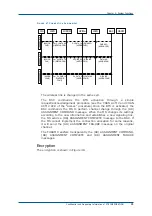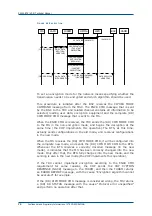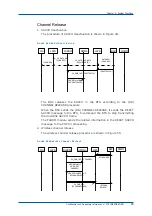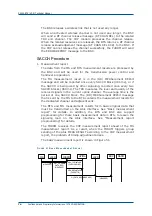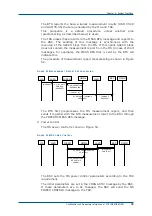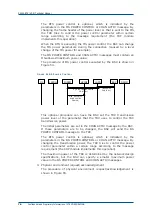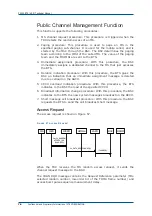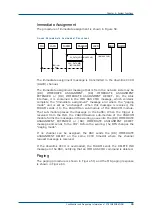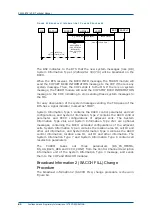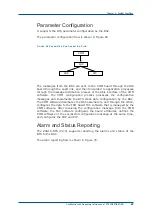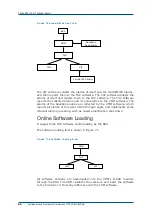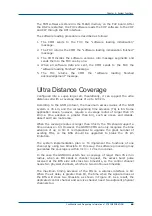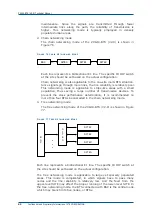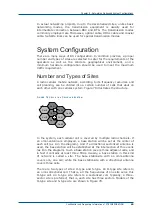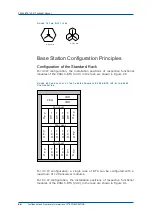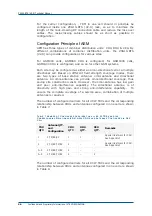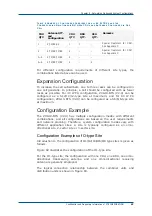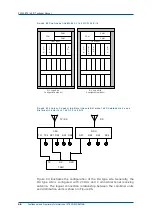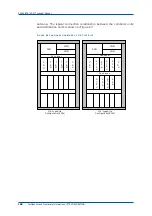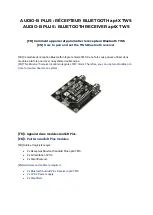
Chapter 4 - System Functions
Confidential and Proprietary Information of ZTE CORPORATION 85
The BTS instructs the BSC that the receiver must reduce the traffic.
According to the protocol, it can be used to indicate the TRX overload,
downlink CCCH overload and ACCH overload.
The TRX processor provides data from the bottom running operating
system. The downlink CCCH load calculation is just the same as the
above-mentioned CCCH LOAD IND, the CHP provides the RACH load,
and the PAGCHM provides the PCH load. The ACCH load calculation is
not determined.
According to the negotiation with the BSC, the current general
overload (OVER LOAD) is only used to report the RACH load that is
provided by the CHP.
Error Indication
The procedure of error indication is shown in Figure 67.
F
I G U R E
6 7
E
R R O R
I
N D I C A T I O N
MS
LAPD
FURRM
HPIMa
LAPD
BSC
OAMM
Dm_MDL_ERROR
_IND
DL_DATA_REQ (ERROR IND)
(ERROR IND)
The ERROR IND message that is sent from the BTS to the BSC indicates to
the BSC that the following abnormities happen in the radio data link layer.
The ERROR IND message contains the related error cause information,
including the following causes:
1. Protocol errors, as listed in Sections 5.6.4, 5.7.3 and Appendix G in TS
GSM 04.06;
2. Error with one link layer. In other words, the I frame is repeated for
N200 times but is not acknowledged.
3. The SABM or DISC frame is repeated for N200 times but is not
acknowledged.
4. The SABM frame received in the multiframe establishment status
Connection Failure
The procedure of connection failure is shown in Figure 68.
Summary of Contents for ZXG10-BTS
Page 4: ...This page is intentionally blank ...
Page 8: ...Figures 121 Tables 123 ...
Page 9: ...This page is intentionally blank ...
Page 10: ......

